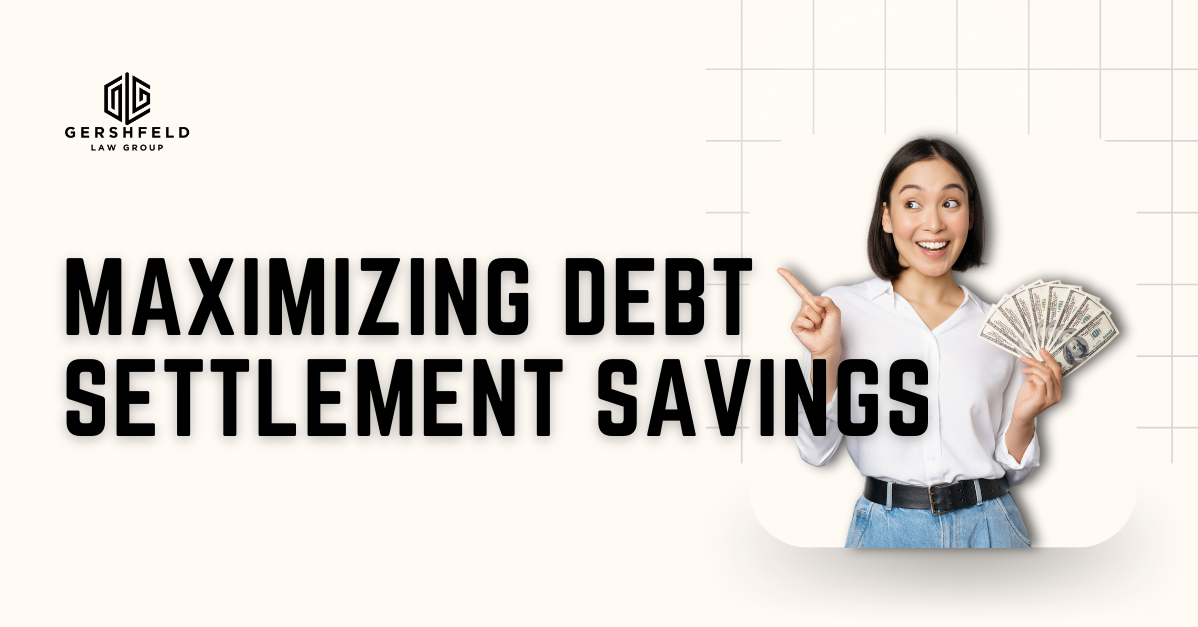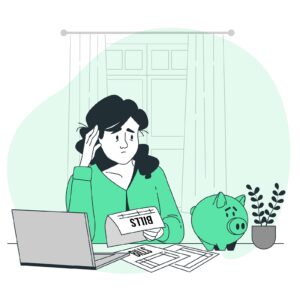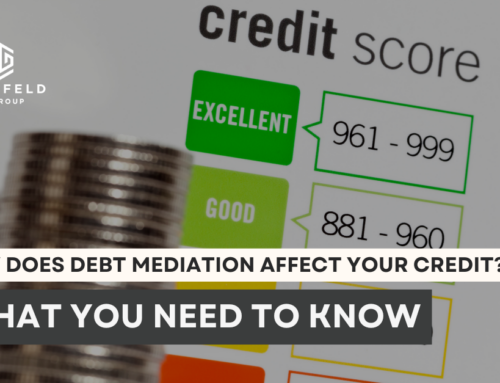Being in substantial debt can often feel like navigating a financial maze with no exit in sight. However, the path to financial freedom starts with harnessing your savings potential. Every dollar you save while in debt contributes to your ability to pay down what you owe. Whether it’s cutting back on unnecessary expenses, finding more cost-effective alternatives, or adopting budget-conscious habits, these steps are critical to maximizing your savings while in the midst of financial challenges.
But when you’re facing overwhelming debt, relying solely on savings might not be enough to break free from the cycle. That’s where debt settlement emerges as a compelling option—one that not only helps you save money but also actively negotiates with creditors to reduce your overall debt burden. It’s a powerful choice that can accelerate your journey to becoming debt-free while optimizing your financial resources. In this blog, we’ll delve deeper into the art of maximizing your savings through debt settlement, equipping you with the knowledge and strategies needed to secure your financial future.
How Much Is Too Much Debt?
Lenders use a handy tool called the debt-to-income ratio (DTI) to assess if you have manageable debt levels. This ratio is expressed as a percentage and is calculated by dividing your recurring monthly debt by your gross monthly income.
Here’s how it works: First, tally up all your monthly debt obligations, such as credit card bills, auto loans, student loans, personal loans, and your rent or mortgage payment. Then, divide this total by your gross monthly income, which is your earnings before taxes and deductions.
For instance, if your total monthly debts amount to $3,000, and your gross monthly income is $6,000, the calculation goes like this: $3,000 ÷ $6,000 = 0.50 or 50%. In this scenario, you have a high DTI of 50%, indicating that your debt load is significant compared to your income. When lenders include your mortgage or rent payment in the calculation, they typically prefer to see a DTI ratio of 35% or lower. While the housing industry may approve loans with DTIs as high as 43%, it often results in higher interest rates due to the increased risk for lenders.
How Much Money Will I Save With Debt Settlement?
Sometimes life takes an unexpected turn, and we find ourselves drowning in debt, struggling to make ends meet due to circumstances like job loss, medical bills, or unforeseen emergencies. When this happens, particularly with credit card or revolving debt that seems endless despite monthly payments, it can be challenging to envision a debt-free future. However, debt settlement emerges as a potential solution, albeit one that demands careful consideration.
Debt settlement involves a debt settlement company working with your creditors to negotiate a reduced payoff amount, often significantly less than the original debt. It offers several benefits:
- Reduced Balance: Debt settlement can slash your outstanding debt. This reduction can provide much-needed relief and a more manageable path to debt resolution.
- Bankruptcy Alternative: For those who can afford the negotiated settlement amount, debt settlement offers an alternative to bankruptcy, allowing you to avoid the long-lasting financial consequences of bankruptcy proceedings.
- End to Collection Calls: Once the agreed-upon settlement is paid, debt collectors and collection agencies are legally required to cease their collection efforts.
However, it’s essential to be aware that debt settlement companies typically charge a fee, often ranging from 15% to 25% of the debt they settle. While debt settlement can lead to substantial savings, a report by the American Fair Credit Council found that consumers enrolled in debt settlement programs ended up paying approximately 50% of their initial debt, factoring in both the settlement amount and fees incurred.
Therefore, while debt settlement can provide much-needed relief, it’s crucial to weigh the savings against the associated costs and carefully assess whether it aligns with your financial goals and circumstances. Now, how can you save a bit more in order to pay the debt settlement fees and feel that you’ve really saved much more?
How To Maximize Your Savings
If you’re torn between tackling credit card debt or building up your emergency savings, here’s a straightforward approach: strive to do both simultaneously. According to financial experts, it’s not an “either/or” situation; you can and should work on both goals together.
Here are four steps to get started:
- Automate Your Savings: The key to success is forming a saving habit, and the easiest way is through automation. Set up direct deposits to transfer money from your checking to your savings account at the start of each month. By doing this, you ensure that saving is a priority and you’re less likely to spend all your income on bills and credit card payments.
- Explore Balance Transfer Offers: To ease the burden of credit card debt, consider using balance transfer cards. These cards allow you to move your debt to a card with a 0% APR for a limited time (up to 21 months), giving you a chance to pay down your balances without accumulating interest charges. Just make sure to clear the transferred debt before the 0% interest period ends to avoid higher rates.
- Boost Your Income and Budget Wisely: If possible, seek ways to increase your income temporarily to help with debt repayment. A part-time job, side gig, or temporary work can provide extra funds to put toward your credit card debt. Remember that reducing expenses is essential, but augmenting your income can be a powerful tool to accelerate your debt payoff.
By following these steps, you can find a balance between reducing debt and growing your savings, setting yourself on a path to a more secure financial future.
Settle Your Debts With Gershfeld Law Group
Balancing debt reduction and savings can be a challenging yet rewarding endeavor. By automating your savings, picking a debt repayment strategy, exploring balance transfer offers, and seeking ways to boost your income, you can make significant strides toward financial stability.
For personalized guidance and expert advice on debt resolution strategies, don’t hesitate to reach out to Gershfeld Law Group. Our team of professionals is here to provide you with the information and support you need to navigate your unique financial situation. Contact us today to embark on your journey toward financial freedom.
Contact Gershfeld Law Group for more information on debt resolution and taking control of your financial future.







